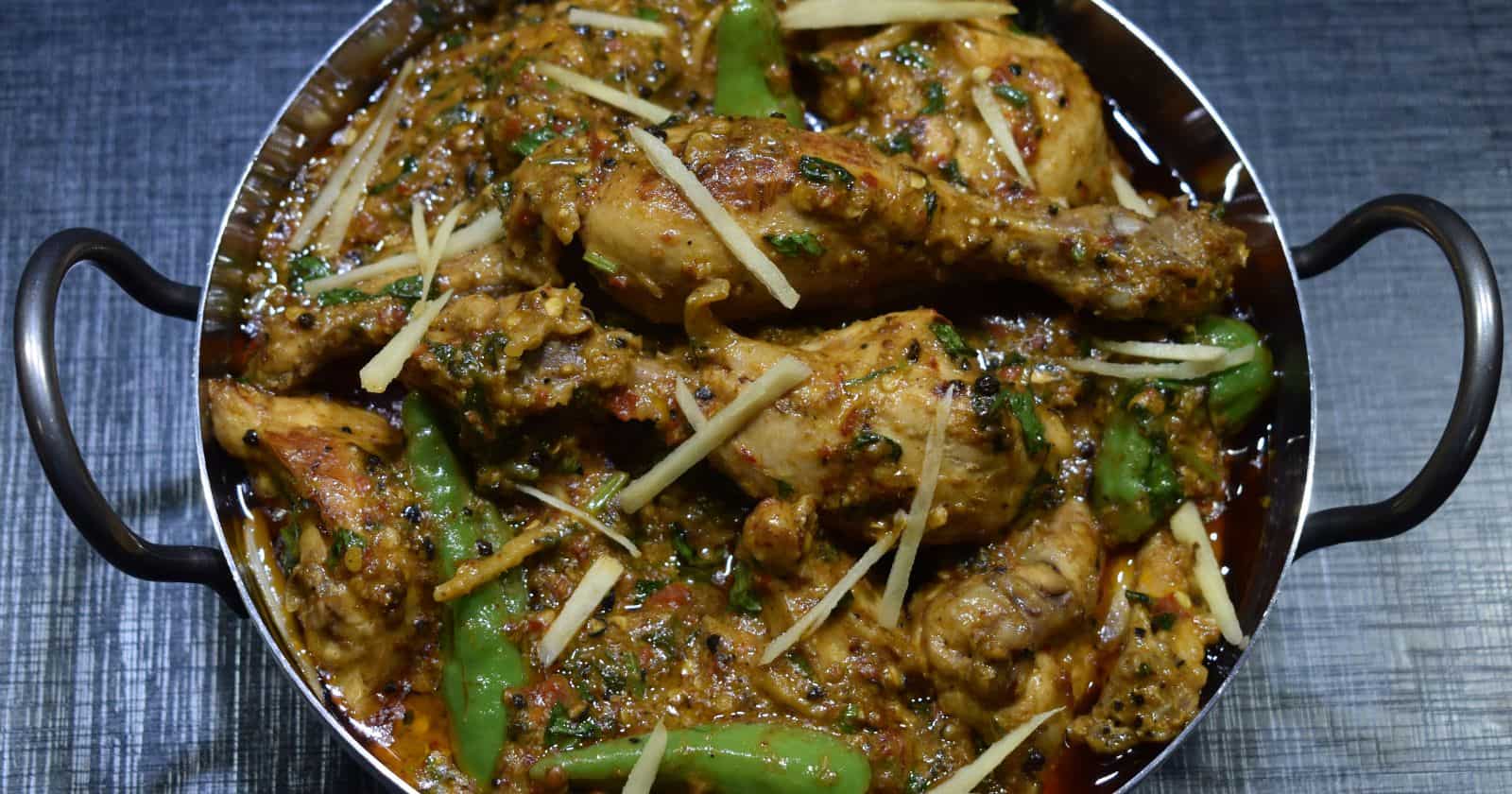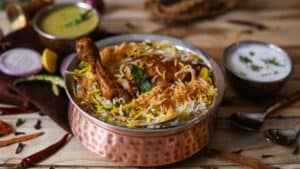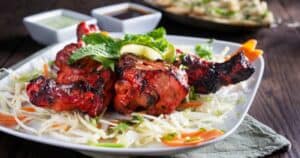Is Bengali or Pakistani food spicier? Most people can’t distinguish the difference between Bengali and Pakistani cuisine. That confusion is widespread among foreigners who don’t know about the two nations’ history.
While the differences between Bengali and Pakistani foods are vast, they provide food lovers with a flavorsome and decadent dining experience. The delicacy of aromas and the balance of spices make both Bengali and Pakistani cuisine stand apart from other global cuisines.
It can be challenging to determine the difference between Bengali and Pakistani food. The two have a lot of similarities. However, a few major differences set them apart, like ingredients list, cooking styles, and of course, flavor profiles, among others.
Now, you may be asking: is Bengali or Pakistani food spicier? This article will talk more about that. This article will explore how these two cuisines differ and what makes them unique. It may help you pick your favorite cuisine between Bangladesh and Pakistan foods.
What is Special About Bengali Cuisine?
Why is Bengali cuisine coveted, and what makes it so special? You see, Bengali cuisine is a culinary style that originated in the Bengal region in the eastern Indian subcontinent. It’s divided between Bangladesh and the Indian states of Assam’s Barak Valley, Tripura, and West Bengal. There’s an emphasis on lentils, vegetables, and fish served with staple rice.
Most Bengali food traditions draw from middle-class activities like Annaprashan or Add. This cuisine is popular for its different use of flavors and spices as well as the spread of its desserts and confectionaries. Expensive spices like cloves, cinnamon, and saffron were used sparingly. Milk products like curd, ghee, cream and milk, dry fruits, and nuts were similarly scarce.
There’s a common misconception among people that Bengal is only famous for its sweets, but most out there know that spicy foods are equally popular herein. Bengalis also devour spicy food with equal zeal, like sweet foods.
What is Special About Pakistani Cuisine?
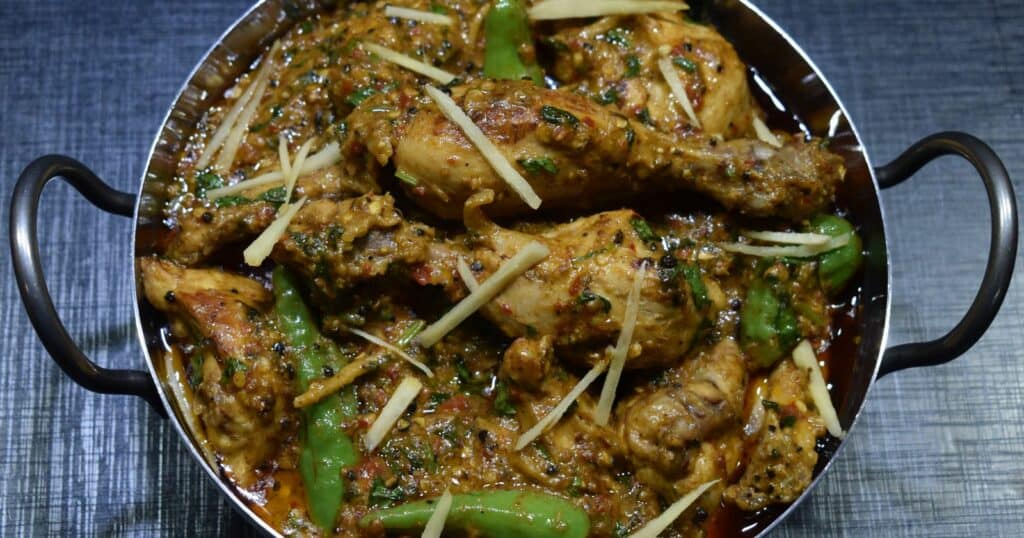
Like Bengali cuisine, Pakistani food is filled with spices, flavors, and delicious aromas that are certain to provide you with a memorable and exhilarating dining experience. Are you craving a unique taste or wanting to try something new?
The region’s history and religious identity define what makes Pakistani cuisine unique. Islam is the country’s state religion, which makes pork forbidden.
Thus, mutton, lamb, fish, beef, and chicken are the only options for animal proteins. The meat should be halal, which means lawful or permissible. On top of the type of animal protein, the way it’s prepared for slaughter must also be considered.
What Pakistan lacks is diversity in food. Every Indian state enjoys its staple food with good options and cooking to choose from for non-vegans and vegans alike. You’ll only find limited selections in Pakistan, unlike Bengali and India.
Various parts of Pakistan have unique dishes in taste and name. They use fewer flavors. Barring urban centers in such areas that provide standard Pakistani dishes, you will explore dishes altogether in the provincial regions, none of which has discovered its way to the eateries and diners of the West.
Is Bengali Food Spicy?
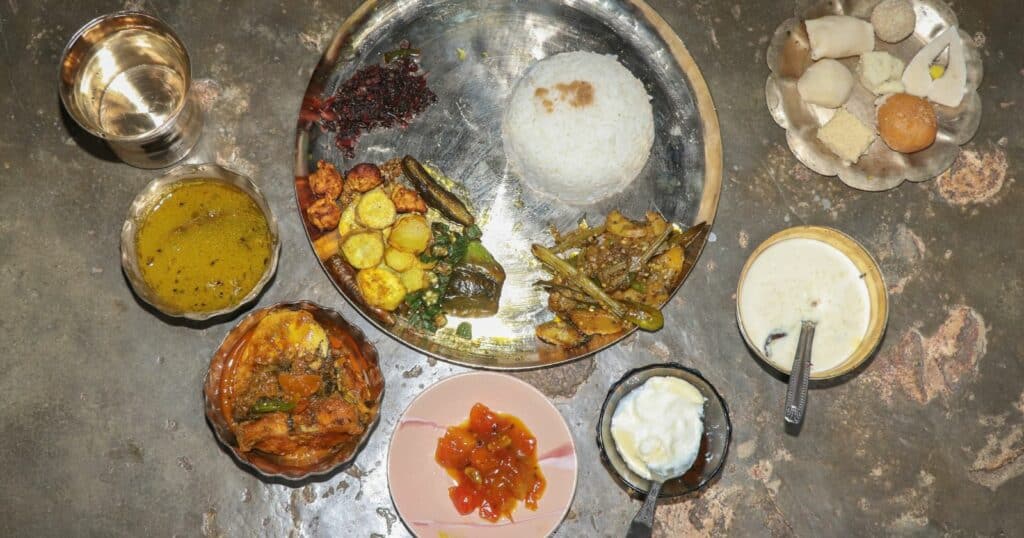
Yes. Bengali food is usually spicy like Indian cuisine, and chili peppers are utilized in almost all dishes. So, you must expect to feel a level of heat with about each dish. For instance, the marsala
Food in Bangladesh is cooked in different curry gravies made with garlic, onions, and sometimes with small, dried fish similar to what’s typically used in Thailand or Myanmar to flavor its food. In other words, Bangladesh food is quite spicy—scorching at times and extremely flavorful.
Bangladesh’s food is also influenced by its local traditions and geography. The capital Dhaka is sought for its street foods and fragrance rice dishes like tehari, a pulao cooked with oil and mustard, beef, and green chilies. That cuisine is rooted in Mughal traditions and cooking methods famous for yogurt, milk, and nut-based dishes like chicken rezala and nargisi Kota.
Fermented and dried fish known as shutki are utilized in dry dishes and vegetable broths. Shatkora, a fragrant and bitter fruit, and the extremely hot naga chili also form part of their local diet.
Here are some of the common spices used in Bengali cuisine:
Turmeric
As with most Indian cuisines, turmeric is a go-to
Chilies
Bengalis love
Radhuni
Radhuni seeds are a Bengali ingredient, grown locally and utilized in other cuisines. They are hard to find outside of Bengal and are compared to celery seeds, even though the two are entirely different plants.
Radhuni seeds could be incorporated into panch phoran and are also used for pickling.
Is Pakistani Food Spicy?
Bear in mind that geographical location plays a role in the selection of Pakistani cuisine you will find.
In Sindh and Punjab, the dishes are way spicier. Yet, on the western and northern sides of Pakistan, the food is much inspired by Afghan and Persian cooking. The people living in the region west of Balochistan that fringes Iran eat less spicy foods and enjoy more Persian dishes.
In other words, Pakistani is sought for its spicy and aromatic flavors. Several dishes often have liberal amounts of oil, adding to a richer, fuller, and more flavor mouthfeel.
Black pepper, mace, cloves, nutmeg, cinnamon, brown cardamom, and green cardamom are some of the commonly used spices in making different dishes all through Pakistan and India.
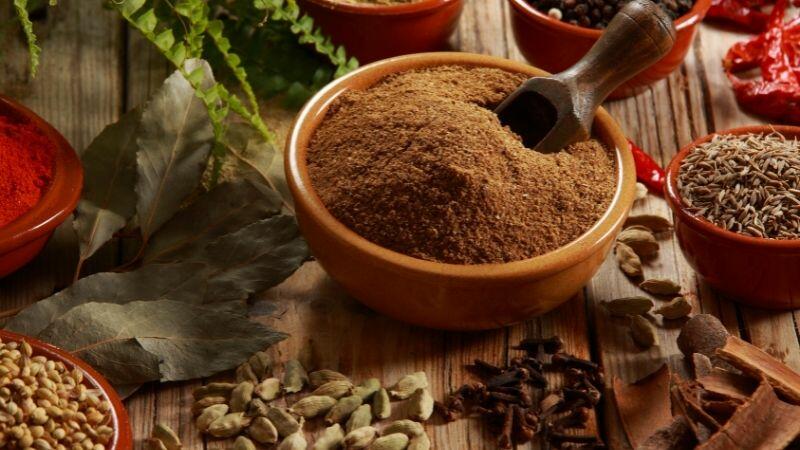
Garam masala, a mix of sweet-smelling flavors, is a popular combination of flavors used in numerous dishes. In the Punjab region, it’s diluted along with coriander powder. Bay leaves, chili powder, turmeric, and cumin seeds are incredibly famous too.
Is Bengali or Pakistani Food Spicier? Final Thoughts
Pakistani cuisine is rich in flavors and history. While it’s the same as Bengali cuisine, its unique taste comes from centuries of Islamic traditions combined with different spicy flavors brought by invaders such as the Turks, Persians, the Mongol empire, and more.
But it’s essential to keep in mind that there are many differences between these two countries. All such variances result from factors like culture, location, and religion. The signatures of Bengalis, in general, are mostly the same.
The differences between Bengali and Pakistani cuisine lie in the cooking technique and the ingredients used to cook.
We hope you find this article informative and tasty at the same time.
Source:

